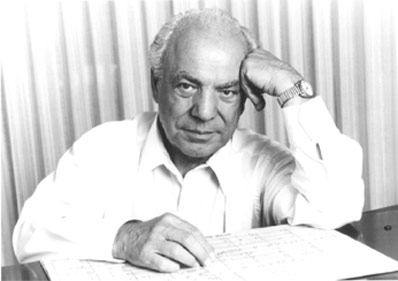Voices in the Wilderness – Paul Creston

Paul Creston. Photo provided courtesy of Timothy Creston.
The story of Paul Creston has the qualities of an American myth: an individual’s triumph over deprivation, achieving fame and success; his subsequent decline; and his posthumous vindication. Born in poverty to an immigrant family and unable to finish his basic schooling, he took on the task of educating himself, determined to make a name for himself as a composer in the competitive and elitist world of classical music. Not until age twenty-six did he present his first work to the public, aligning himself with New York City’s musical avant-garde. Less than ten years later he enjoyed the honor of having his music performed by no less than the NBC Symphony Orchestra under the direction of Arturo Toscanini. Henry Cowell wrote, “There is no one known to me who handles more expertly the traditional types of development of a musical germ [than Paul Creston].” By age fifty, he was among the three or four most frequently and most widely performed living American composers of concert music. Yet by the time he was sixty, his major works were no longer played, his name kept alive by a handful of oddities of largely utilitarian value.
(From Voices in the Wilderness, p. 191)